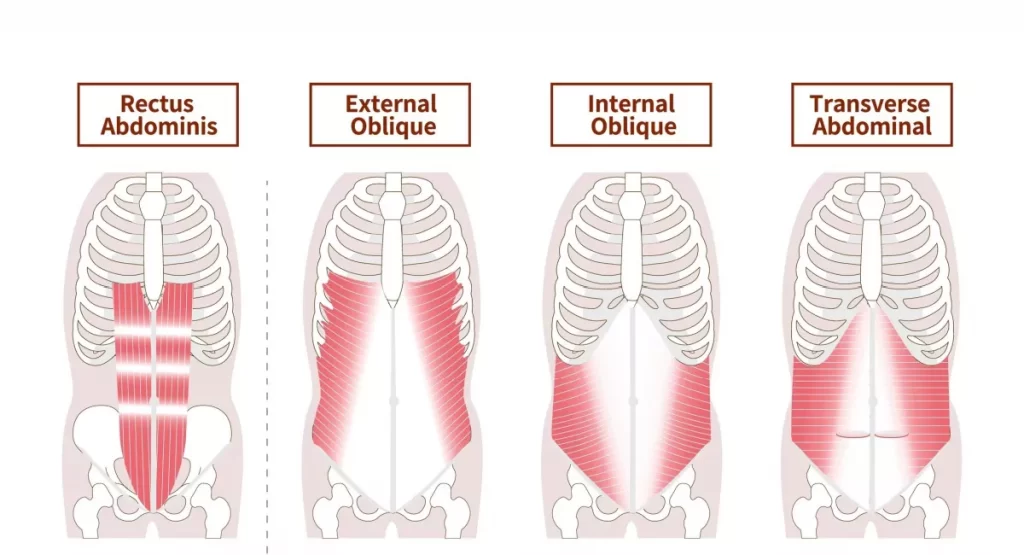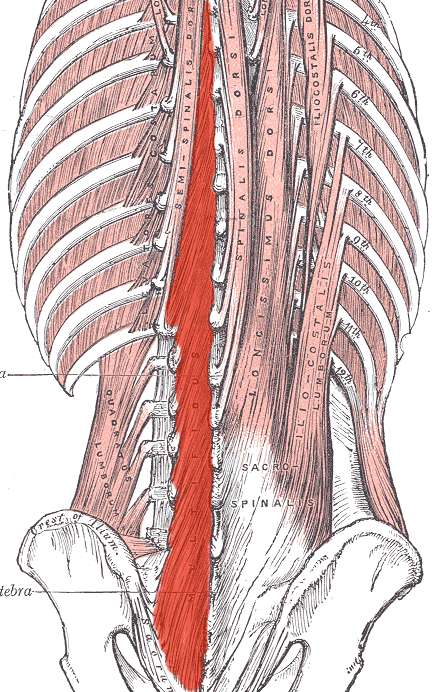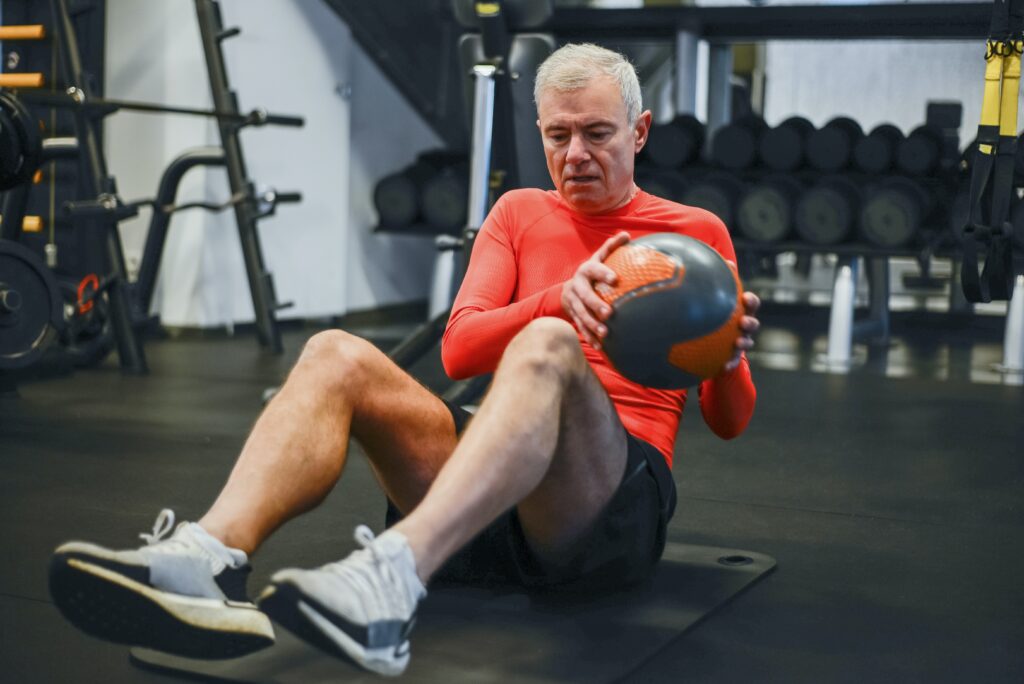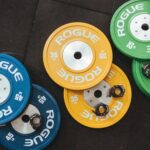A strong core is the cornerstone of physical fitness, offering benefits that extend far beyond aesthetics. It’s not just about sculpted abs; core strength is essential for overall health, stability, and enhanced performance. In this comprehensive guide, we will delve deep into the significance of core strength, the various muscles that constitute the core, and the best core strengthening exercises. Whether you’re looking to improve your athletic performance, alleviate back pain, or simply enhance your overall well-being, this guide will equip you with valuable insights and practical exercises to achieve a powerful and stable core.
The Significance of Core Strength
A robust core is the key to unlocking your body’s full potential. It serves as the central hub, facilitating almost every movement you make. The importance of core strength cannot be overstated:
1. Enhanced Posture
Strong core muscles help maintain proper spinal alignment, reducing the likelihood of poor posture. Good posture not only exudes confidence but also helps prevent back and neck pain.
2. Injury Prevention
A sturdy core acts as your body’s natural armour. It shields your spine and internal organs, significantly lowering the risk of injury during physical activities or accidents. When the core is weak, other muscles tend to overcompensate, leading to strain and potential injury.
3. Improved Balance and Stability
Your core is your body’s anchor, crucial for maintaining balance and stability. Whether you’re navigating uneven terrain, mastering yoga poses, or simply walking down the street, a strong core keeps you steady and minimizes the risk of falls.
4. Enhanced Athletic Performance
Athletes across various sports benefit immensely from a strong core. It forms the foundation for powerful movements such as sprinting, swinging a golf club, or lifting weights. Improved core strength can significantly enhance your athletic prowess.
5. Alleviation of Back Pain
Weak core muscles are often at the root of back pain. Strengthening your core can alleviate this discomfort by providing better support to your spine and reducing the strain on your lower back.
The Core Muscles

Before we dive into the best core strengthening exercises, it’s crucial to familiarize ourselves with the intricate network of muscles that comprise the core. Contrary to popular belief, the core is not solely about achieving a chiseled “six-pack.” It consists of several muscle groups working harmoniously to provide stability and power. Here are the primary core muscles:
1. Rectus Abdominis
The rectus abdominis, the most superficial of the core muscles, is responsible for the coveted “six-pack” appearance. It plays a pivotal role in flexing the spine and stabilizing the pelvis during movements.
2. Obliques
The obliques, both internal and external, are situated on the sides of your abdomen. They are instrumental in executing twisting motions, lateral flexion, and maintaining proper posture.
3. Transverse Abdominis
Often likened to the body’s natural weightlifting belt, the transverse abdominis encircles your midsection like a corset. It provides critical stability to the spine and pelvis, serving as an essential core stabilizer.
4. Erector Spinae
The erector spinae muscles run along your spine, primarily responsible for extending your back. They play a pivotal role in maintaining an upright posture.
5. Multifidus

These smaller, deeper muscles also run along the spine. Often overlooked, the multifidus muscles are crucial for core stability and rotation.
The Best Core Strengthening Exercises

With an understanding of core muscle groups in place, let’s now explore the most effective core strengthening exercises that target these muscle groups efficiently. Incorporate these exercises into your fitness routine for a comprehensive core workout:
1. Plank
The plank is a timeless core exercise that engages the transverse abdominis, rectus abdominis, and obliques. To perform the plank:
- Begin in a push-up position with your elbows aligned under your shoulders.
- Maintain a straight line from your head to your heels.
- Engage your core muscles.
- Hold this position for as long as possible, aiming to increase your duration with each workout.
2. Russian Twists
Russian twists are excellent for working the obliques. Here’s how to do them:
- Sit on the floor with your knees bent and feet flat.
- Slightly lean back while keeping your back straight.
- Lift your feet off the ground.
- Hold a weight or medicine ball in front of your chest.
- Twist your torso to the left, then to the right, tapping the weight on the ground beside you.
This exercise provides a dynamic challenge to your core.
3. Bicycle Crunches
Bicycle crunches effectively target the rectus abdominis and obliques:
- Lie on your back with your hands behind your head and knees bent.
- Lift your shoulders off the ground.
- Bring your right elbow toward your left knee while straightening your right leg.
- Repeat on the other side, creating a pedaling motion.
This exercise mimics the motion of riding a bicycle and engages your core muscles.
4. Dead Bug
The dead bug exercise focuses on the transverse abdominis and rectus abdominis:
- Lie on your back with your arms extended toward the ceiling.
- Bend your knees at a 90-degree angle.
- Lower your right arm and left leg toward the ground while keeping your lower back pressed into the floor.
- Return to the starting position and repeat on the other side.
This exercise challenges your core stability and control.
5. Superman
The superman exercise strengthens the erector spinae and multifidus muscles, which are often neglected:
This exercise is particularly useful for improving lower back strength.
- Lie face down with your arms extended in front of you and legs straight.
- Simultaneously lift your arms, chest, and legs off the ground.
- Hold this position for a few seconds.
- Lower your upper body and legs back down.
6. Side Plank
Side planks are excellent for engaging the obliques and building lateral core strength:
- Lie on your side with your elbow directly below your shoulder.
- Stack your legs on top of each other.
- Lift your hips off the ground, creating a straight line from your head to your heels.
- Engage your obliques to maintain stability.
- Hold this position for as long as possible on each side.
7. Leg Raises
Leg raises target the lower part of the rectus abdominis:
- Lie on your back with your hands under your hips and legs straight.
- Lift your legs off the ground while keeping them straight until they are perpendicular to the floor.
- Slowly lower your legs back down, ensuring they don’t touch the ground.
This exercise places significant emphasis on the lower abdominal muscles.
8. Bird Dog
The bird dog exercise focuses on the transverse abdominis and multifidus muscles:
- Start on your hands and knees in a tabletop position.
- Extend your right arm forward and your left leg backward while keeping your back flat.
- Hold this position for a few seconds.
- Return to the starting position and switch sides.
This exercise helps improve balance and core stability.
Creating a Core Workout Routine

To maximize the benefits of core strengthening exercises, it’s crucial to incorporate them into a well-rounded workout routine. Here’s a sample core workout plan that you can follow:
Day 1:
- Plank – Perform 3 sets, holding each for 30-60 seconds.
- Russian Twists – Complete 3 sets of 15 twists (each side).
- Leg Raises – Do 3 sets of 12-15 reps.
Day 2:
- Bicycle Crunches – Perform 3 sets of 20-25 reps (each side).
- Dead Bug – Complete 3 sets of 12-15 reps (each side).
- Side Plank – Hold the position for 3 sets, lasting 30-45 seconds each (each side).
Day 3:
- Superman – Do 3 sets of 12-15 reps.
- Bird Dog – Complete 3 sets of 12-15 reps (each side).
Repeat this three-day cycle, ensuring you have at least one day of rest between each core workout. As your core strength improves, gradually increase the intensity and duration of these exercises to continue challenging your muscles.
Conclusion
Core strengthening exercises are the cornerstone of a healthy and resilient body. A strong core empowers you to move more efficiently, reduces the risk of injuries, and enhances your overall quality of life. By incorporating a variety of exercises that target the rectus abdominis, obliques, transverse abdominis, erector spinae, and multifidus, you can build a robust and balanced core that serves you well in everyday activities and athletic endeavors. So, take the first step towards a stronger core and a healthier you by embracing these exercises and incorporating them into your fitness routine. With dedication and consistency, you’ll unlock the many benefits of core strength, paving the way to a fitter, more resilient you.



